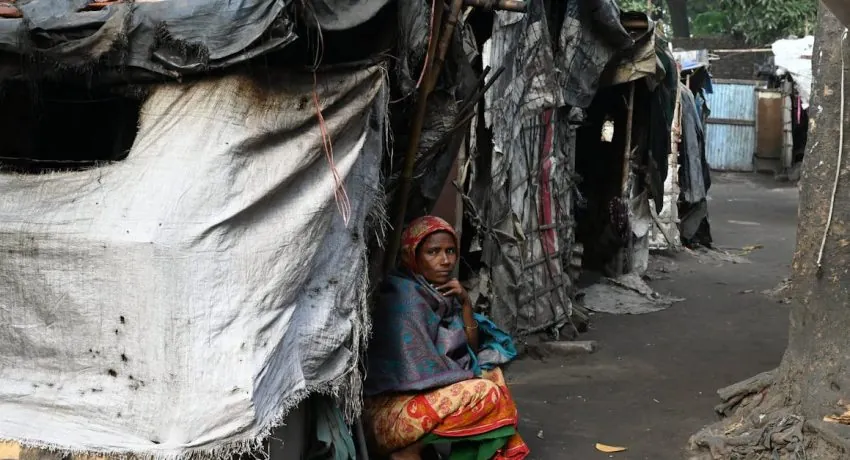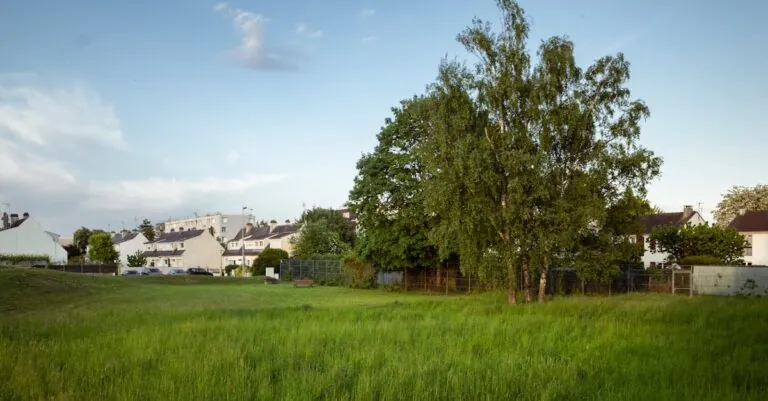In today’s fast-paced world, where the grass is always greener on the other side, it’s easy to overlook the charm of local lifestyle and housing. Yet, nestled in every community are hidden gems that offer a unique blend of comfort, culture, and convenience. Why settle for cookie-cutter homes and soulless neighborhoods when you can dive into the vibrant tapestry of local living?
Table of Contents
ToggleOverview of Local Lifestyle and Housing
Local lifestyle encompasses various aspects of daily life that influence individual and community well-being. Community engagement plays a significant role in shaping the fabric of neighborhoods. People typically find that connecting with local organizations enriches their living experience.
Housing options vary widely, from charming historic homes to modern developments. Each housing type reflects the community’s character and priorities. Detached single-family residences often feature yards and gardens, promoting outdoor activities.
Multi-family units provide affordable options in vibrant areas, attracting diverse residents. Urban neighborhoods frequently exhibit a mix of residential styles, creating visually appealing streetscapes. Residents might enjoy shorter commutes, as local amenities are often within walking distance.
The sense of community thrives through local events and cultural activities. Festivals, farmers’ markets, and art shows foster connections among residents. These gatherings often highlight the area’s unique culture, making local living more attractive.
Neighborhood safety is another essential factor in housing decisions. Many communities prioritize safety by implementing neighborhood watch programs and engaging local police. When residents feel secure, they’re more likely to invest in their homes and surroundings.
Affordable housing initiatives aim to support various income levels. Programs often include subsidies, tax credits, and grants, ensuring that residents can find suitable housing options.
Local lifestyle promotes sustainability through initiatives like community gardens and recycling programs. Environmental efforts resonate with many residents, making them more conscious of their ecological footprint. Embracing local living choices contributes to a sense of belonging and fulfillment.
Key Factors Influencing Local Lifestyle
Local lifestyles reflect the unique characteristics of communities. Several key factors impact how residents experience their neighborhoods and homes.
Community Engagement
Community engagement enhances local living. It fosters connections among residents, resulting in a strong sense of belonging. Neighborhood associations and events encourage participation, creating opportunities for citizens to interact. Volunteer projects such as park clean-ups and neighborhood watch groups build relationships among participants. Local organizations often provide resources and support, ensuring that diverse community voices are heard. Engagement activities not only strengthen social ties but also improve overall well-being for residents.
Cultural Attractions
Cultural attractions play a vital role in shaping local lifestyles. Festivals, art shows, and farmers’ markets highlight community creativity and foster connections. Residents gain access to diverse cultural experiences, enriching daily life. Historic landmarks and museums also serve as focal points, drawing visitors and locals alike. Local cuisines found in nearby restaurants showcase regional flavors, enhancing culinary experiences. These cultural offerings attract different demographics, further diversifying community interactions and contributing to vibrant neighborhoods.
Housing Trends in Local Areas
Housing trends significantly reflect the changing dynamics of local communities. Various factors determine what residents seek in their homes.
Affordability and Accessibility
Affordability remains a crucial aspect. Many families prioritize budget-friendly options when choosing housing. Local governments and organizations often provide assistance programs targeted at low- and moderate-income residents. Accessibility plays an important role in these initiatives, ensuring everyone can find suitable housing within reach. In recent years, the average price of homes in local areas has risen, increasing interest in affordable housing solutions. Communities increasingly promote developments designed with accessibility features, catering to residents with different needs.
Types of Housing Available
A diverse range of housing options exists. Detached single-family homes frequently attract those seeking space and privacy. Multi-family units often offer affordable living arrangements in vibrant neighborhoods. Condominiums and townhouses provide a blend of convenience and community engagement. Local engagement influences housing types and reflects the culture of the area. Many recent developments emphasize eco-friendly materials and modern amenities, addressing residents’ needs while promoting sustainability. Each housing type connects residents to the local lifestyle, enhancing the overall living experience.
Impact of Local Lifestyle on Housing Market
Local lifestyle significantly influences housing market trends. Community preferences shape demand, while available supply adjusts accordingly.
Demand and Supply Dynamics
Demand for housing often fluctuates based on lifestyle choices. When affordable housing options arise in desirable neighborhoods, residents flock to these areas. For example, families seeking proximity to schools may drive up demand. Additionally, the presence of local amenities like parks and shops enhances attractiveness. As a result, housing supply strives to meet evolving needs. Developers respond by creating diverse units, ensuring options for various demographics. This dynamic interaction between demand and supply influences pricing and availability of homes in local markets.
Neighborhood Enhancements
Neighborhood enhancements play a crucial role in shaping local housing markets. Improvements such as upgraded public spaces and attractive cultural offerings spark interest among potential buyers. For instance, the introduction of community gardens or art installations can elevate a neighborhood’s appeal. Safety initiatives also contribute to desirability by creating a secure environment. When communities invest in infrastructure, such as enhanced public transportation, residents notice increased accessibility. These enhancements positively impact housing values, often resulting in higher property prices and greater demand for homes.
Conclusion
Embracing local lifestyles and housing offers a unique opportunity for individuals to connect with their communities. By appreciating the distinct characteristics of local living, residents can foster a sense of belonging and well-being. The diverse housing options available cater to various needs and preferences, ensuring everyone finds a suitable home.
Community engagement and cultural activities enrich daily life, creating vibrant neighborhoods that attract diverse residents. As housing trends evolve, the focus on affordability and sustainability remains crucial. Ultimately, prioritizing local living not only enhances individual experiences but also strengthens the fabric of the community, making it a more inviting place for all.




